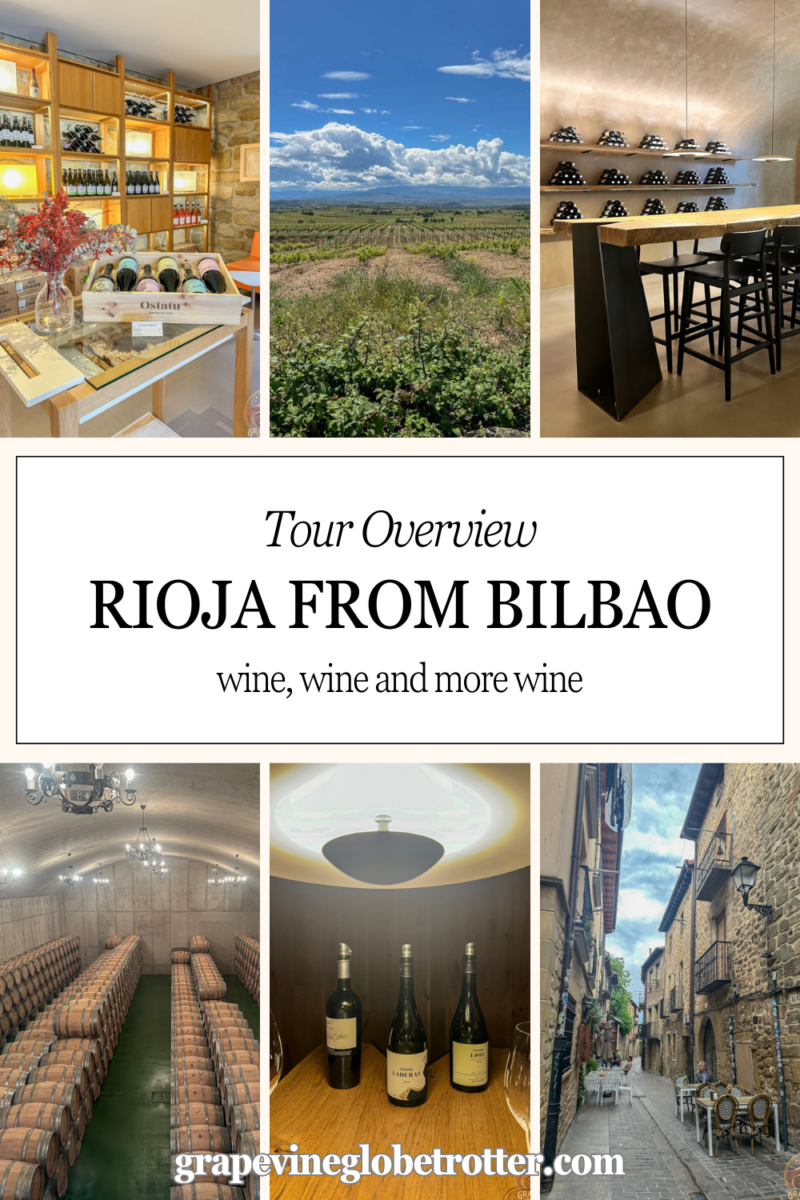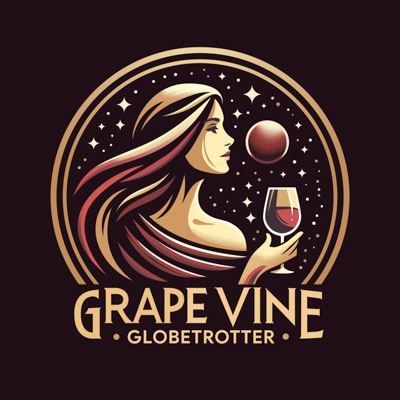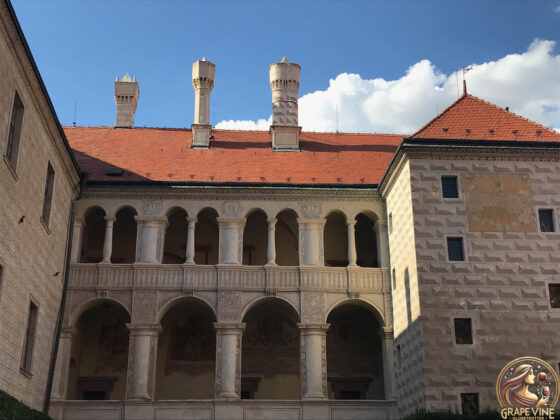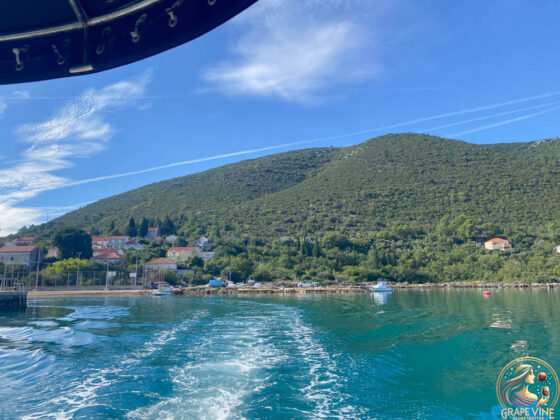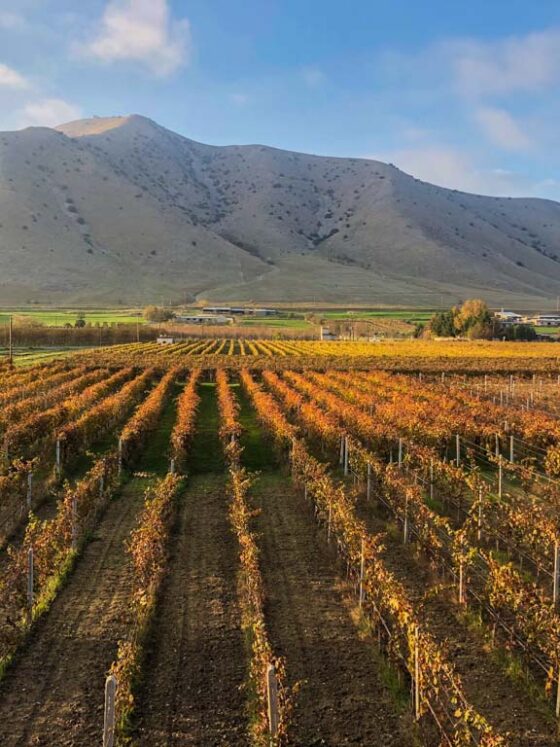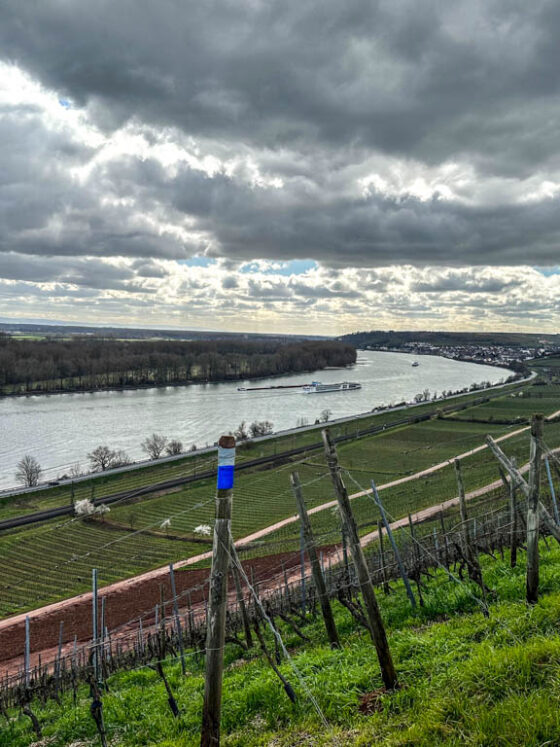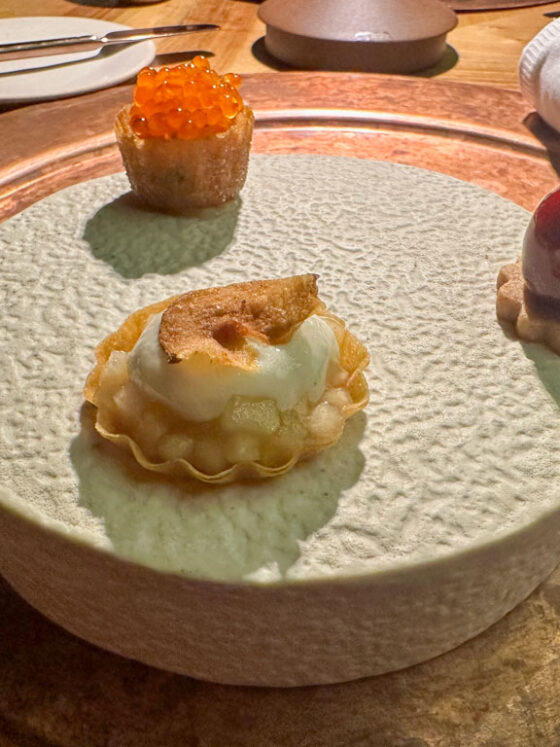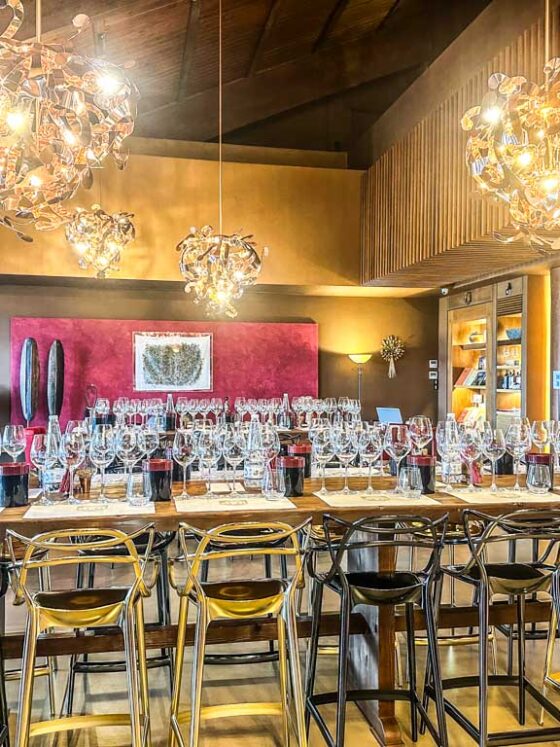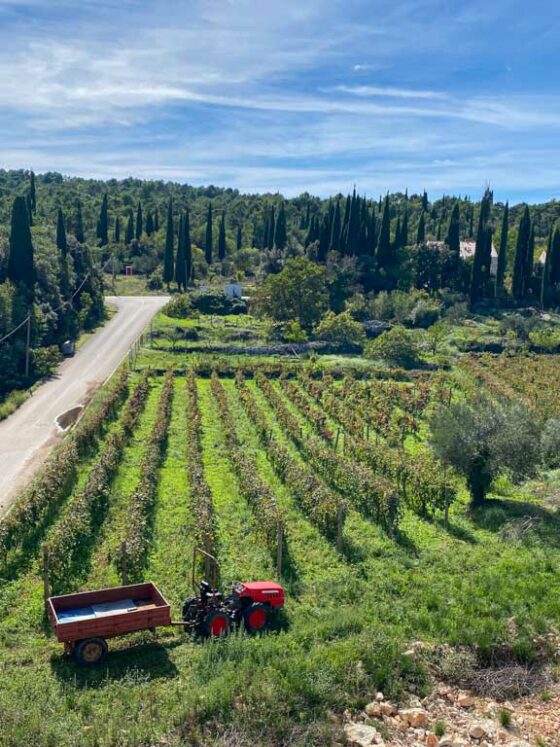Embarking on a day trip to Rioja from Bilbao is an experience that will linger in your memories like the finest wine. With a perfect blend of scenic drives, charming villages, and exquisite wine tastings, this tour by Local Experts Tours is an ideal way to immerse yourself in the rich culture and flavors of Spain’s most celebrated wine region.
Explore Rioja in a Day with Local Experts Tours
Our adventure began at just past 9 AM when Victoria, our friendly guide and driver picked us up from a central point in Bilbao just steps away from our accommodation. As we left the bustling city behind, the landscapes gradually transformed into the rolling vineyards of La Rioja, painting a picturesque scene that hinted at the delights to come. Along the way, Victoria provided fascinating insights into the history of Rioja, highlighting its significance as one of Spain’s premier wine regions.
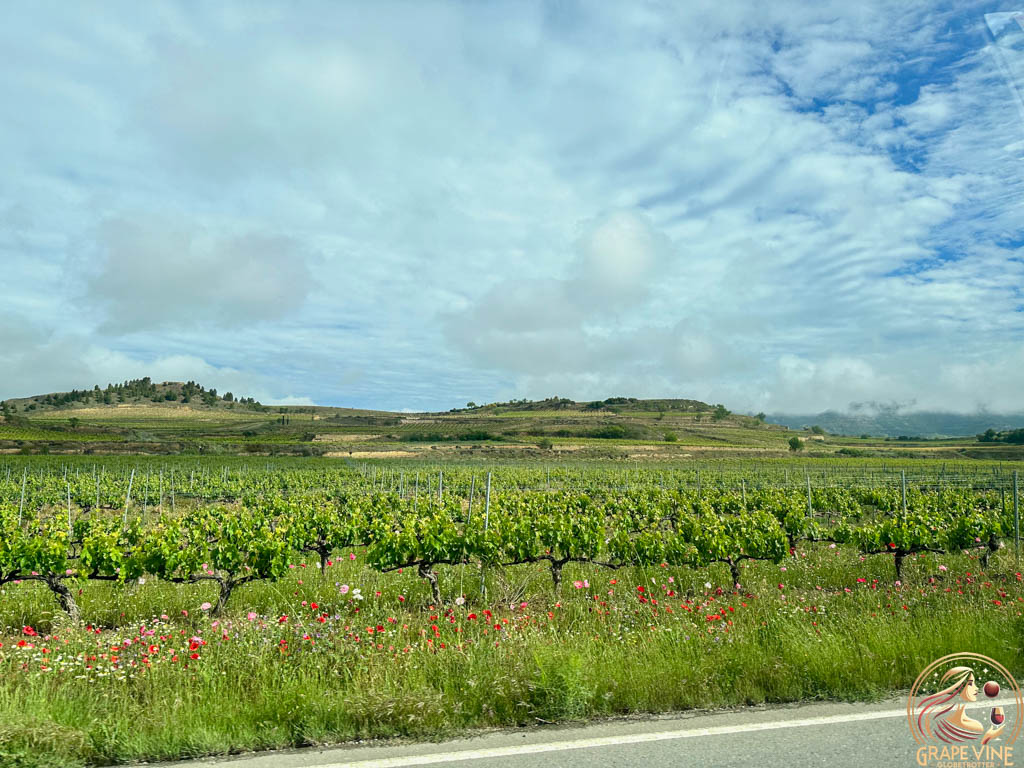

Discovering Rioja Wine Region
Rioja, Spain’s premier wine region, is renowned for its high-quality red wines, predominantly made from Tempranillo grapes. The region is divided into three sub-regions: Rioja Alta, Rioja Alavesa, and Rioja Oriental, each offering distinct characteristics influenced by their unique climates and terrains. This diversity is reflected in the wines, making Rioja a paradise for wine enthusiasts.
First Stop: Bodega Hermanos Peciña, a Medium-Sized Winery
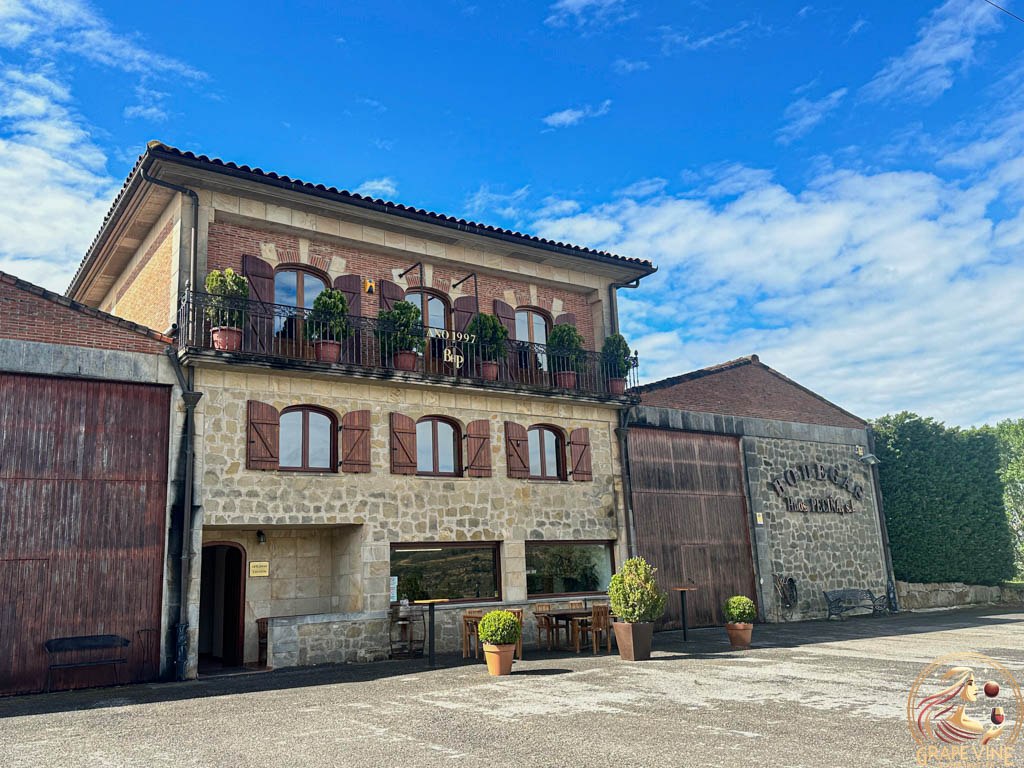
After a two-hour drive we arrived at our first destination, the Bodega Hermanos Peciña was a charming medium-sized winery nestled amidst lush vineyards. Here we were greeted by Idoia who took us on an informative tour of the premises, learning about the wine-making process from vine to bottle. The highlight, of course, was the wine tasting session at the end of our guided-tour where we sampled five exquisite wines.
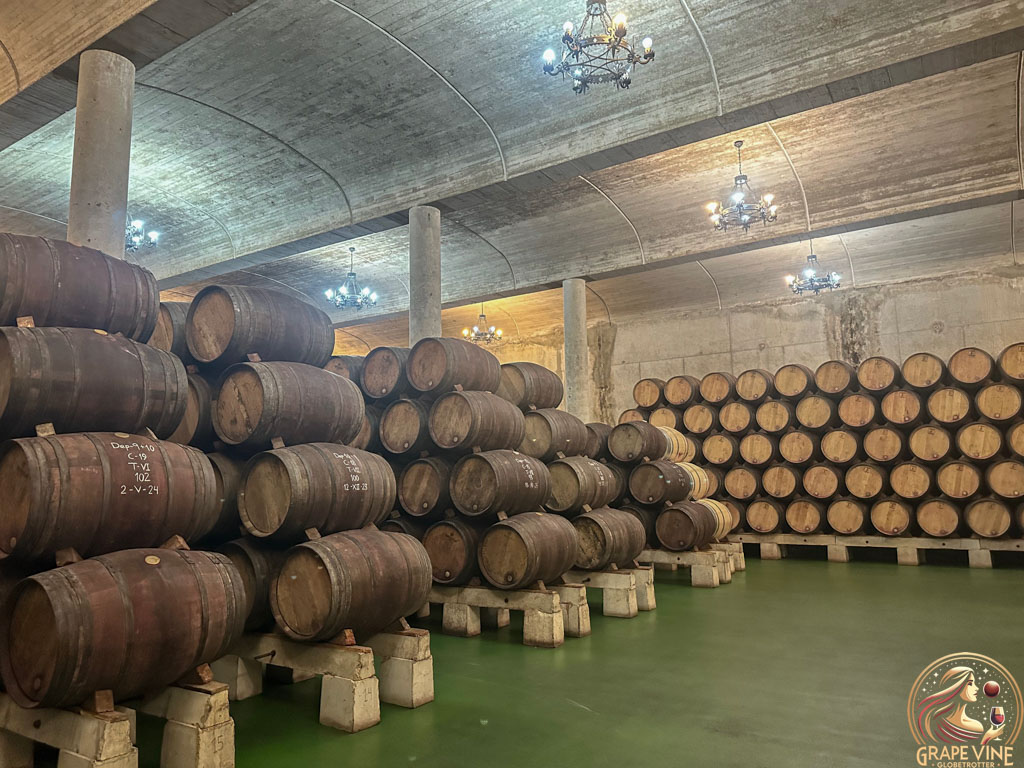
Bodega Hermanos Peciña is a distinguished family-owned winery located in the heart of Rioja Alta, a sub-region known for its high-quality wines and favorable growing conditions. Founded in 1992 by Pedro Peciña Crespo and his three children, the winery has grown from a small operation to a notable producer of a variety of exceptional wines, producing approximately 300,000 bottles per year.
What Makes Bodega Hermanos Peciña Special
Traditional Racking Method: One of the unique aspects of Bodega Hermanos Peciña is its dedication to traditional winemaking techniques. They utilize a method known as “trasiego,” or racking, which involves manually transferring the wine from barrel to barrel using gravity. This method, which is labor-intensive and time-consuming, helps maintain the wine’s purity and enhances its aging potential by naturally clarifying the wine and allowing gentle oxygenation.
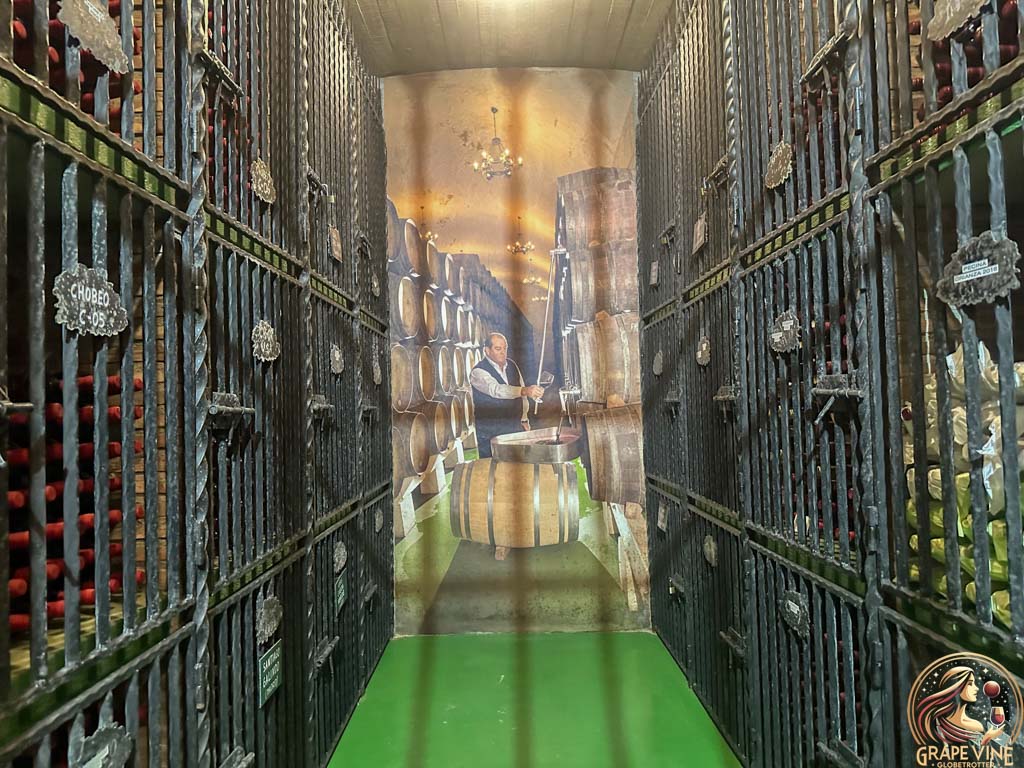
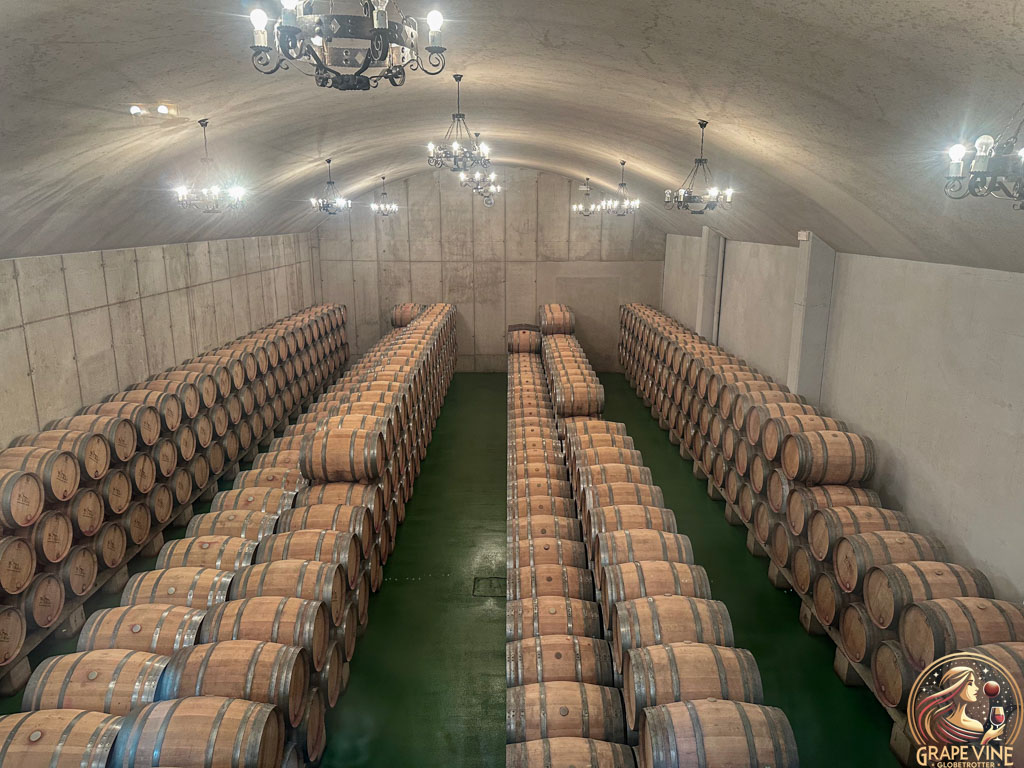
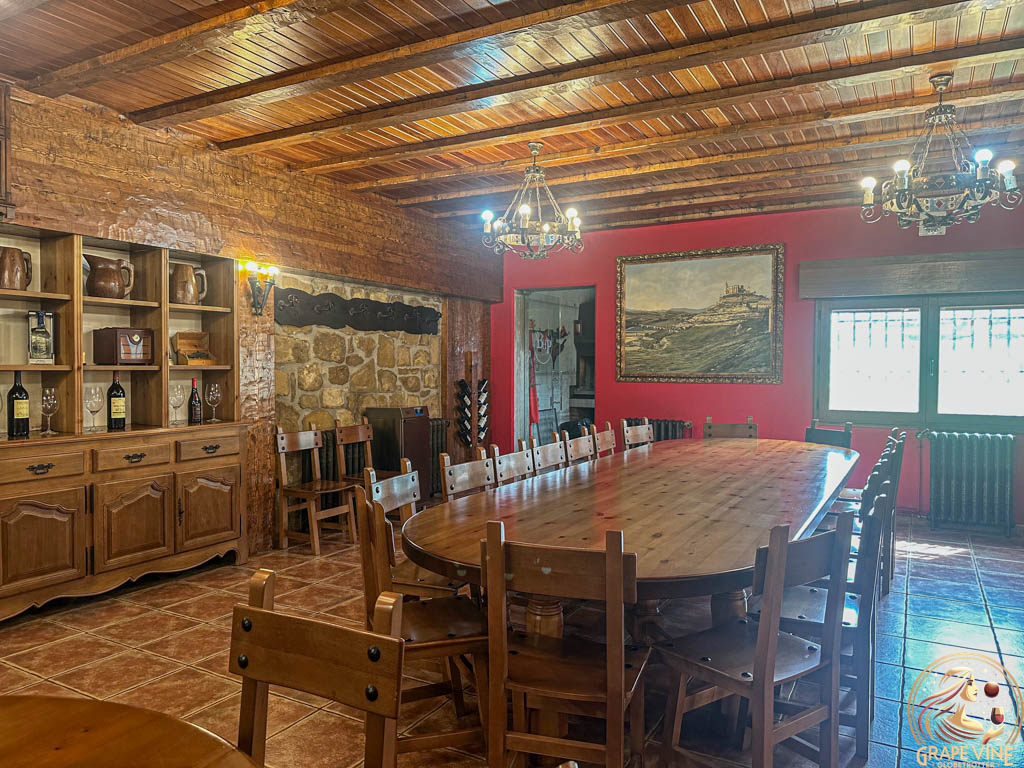
Diverse Wine Offerings: The winery produces a range of wines, including Crianza, Reserva, and Gran Reserva. Each wine undergoes a meticulous aging process. For instance:
- Crianza wines are aged for at least two years in American oak barrels, with a minimum of one year in the bottle, resulting in vibrant and fruit-forward wines. The wines undergo four transfers, from barrel to barrel.
- Reserva wines age for a minimum of three years in American oak barrels, with at least one and a half years in a bottle, offering a balance of fruit and oak with deeper, more complex flavors. These wines are transferred six times.
- Gran Reserva wines, aged for at least four years in American oak barrels, with three years in bottles, are rich, smooth, and full-bodied, showcasing the winery’s commitment to quality and tradition. These wines are transferred a total of eight times.
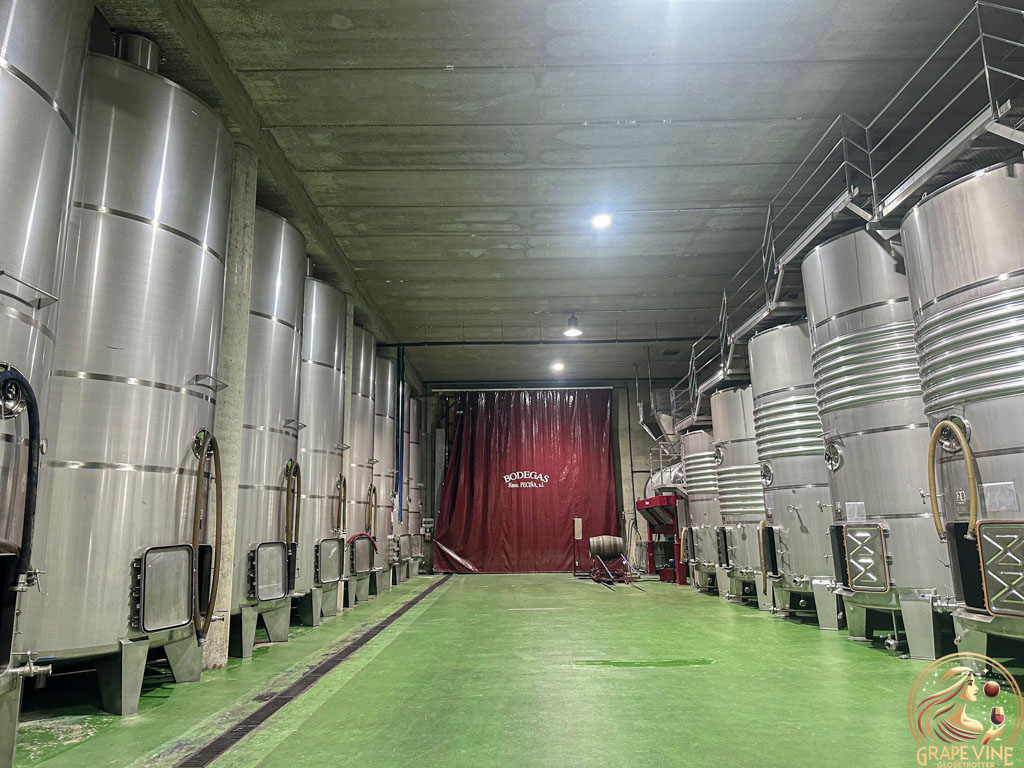
Sustainability and Quality: The winery owns 50 hectares of vineyards, allowing for careful selection and control over the grape quality. This dedication to quality is evident in their wines, which are known for their long aging times and exceptional flavors, far exceeding the minimum requirements set by the Rioja DOCa Wine Board.
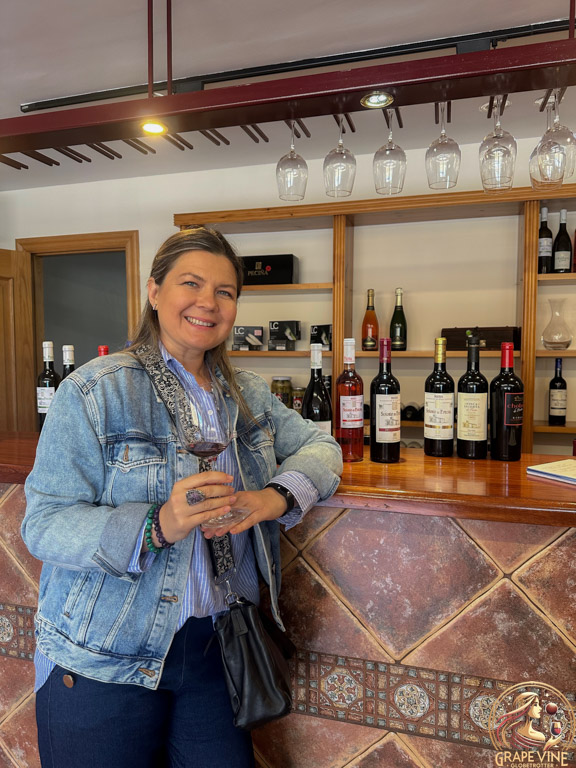
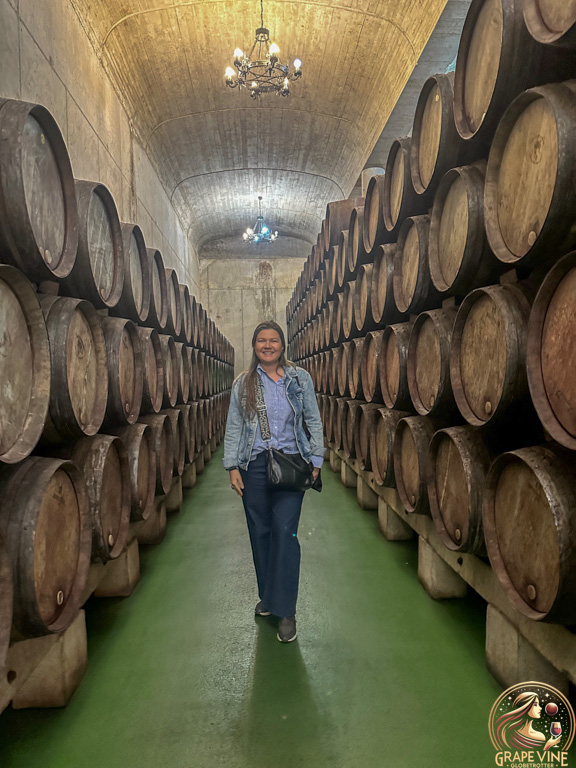
Wines we tried at Bodega Hermanos Peciña:
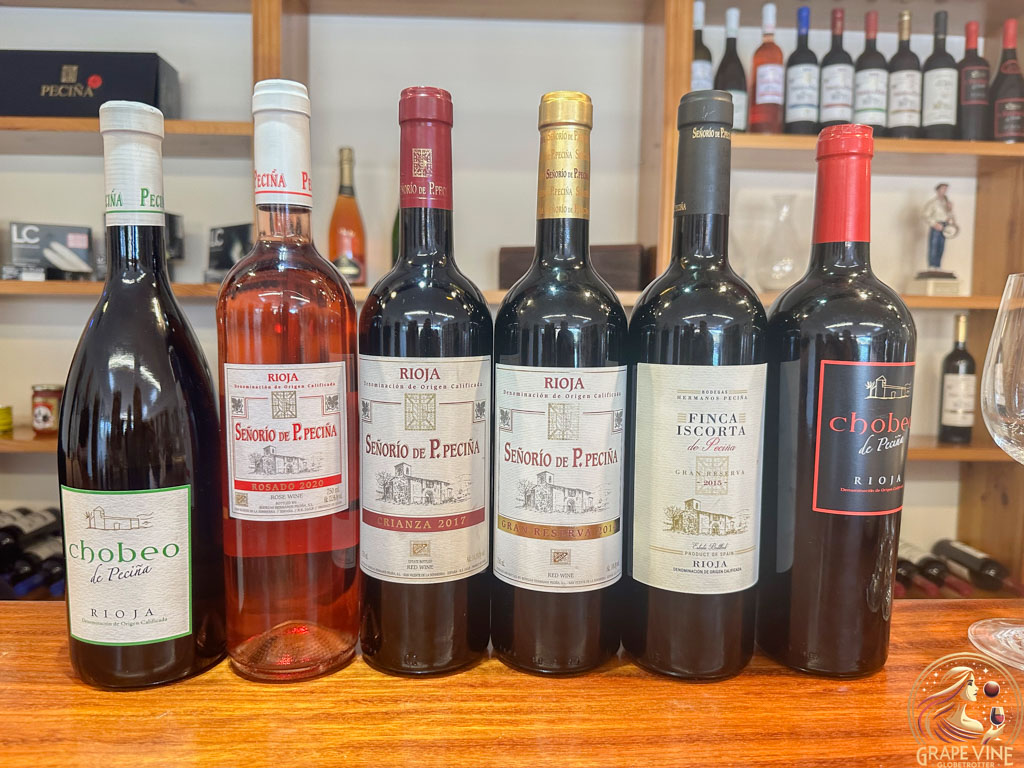
SEÑORIO DE P. PECIÑA – RED CRIANZA 2017
This wine is crafted from grapes sourced from a combination of three vineyards: “El Codo,” “El Llano,” and “Finca Iscorta,” each averaging 40 years old. The grapes are destemmed, crushed, and naturally fermented with wild yeast in stainless steel tanks. The wine is aged in used American oak barrels for two years, hand-racked four times using the traditional “barrel to barrel” method, and then aged for at least 18 months in bottles before release. It is bottled unfined and unfiltered.
The wine is composed of 95% Tempranillo, 3% Graciano, and 2% Garnacha, with an alcohol content of 13.6%. It exhibits a cherry-red color with a slightly orange rim. The aroma is intense with ripe fruit, vanilla, toasted wood, and jam notes. On the palate, it is tasty, smooth, and pleasant with a well-balanced, spicy, and rounded finish.
SEÑORIO DE P. PECIÑA, RED GRAN RESERVA 2014
The Gran Reserva wine is crafted from grapes sourced from the oldest vines, which yield small, highly concentrated berries of extraordinary quality. Harvested in the latter half of October, these grapes undergo a meticulous maceration at controlled temperatures of 26º to 27º Celsius for twelve days. The wine is then aged for 48 months in used American oak barrels, during which it is racked eight times from cask to cask, allowing the wine to naturally shed its sediments. Following this extensive barrel aging, the wine is further refined with an additional 36 months in the bottle, achieving a harmonious balance before its release to the market.
This Gran Reserva is composed of 95% Tempranillo, 3% Graciano, and 2% Garnacha, with an alcohol content of 13.5%. It boasts a ruby-cherry red color with good depth and an amber-orange rim, appearing bright and clean. The nose is fine and intense, featuring aromas of ripe fruit, toffee, and chocolate, along with a classic bouquet of leather and tobacco, and a hint of spice. On the palate, the wine is characterized by rounded tannins, a balanced and long finish, and a velvety, smooth texture.
A stop in the charming Abalos
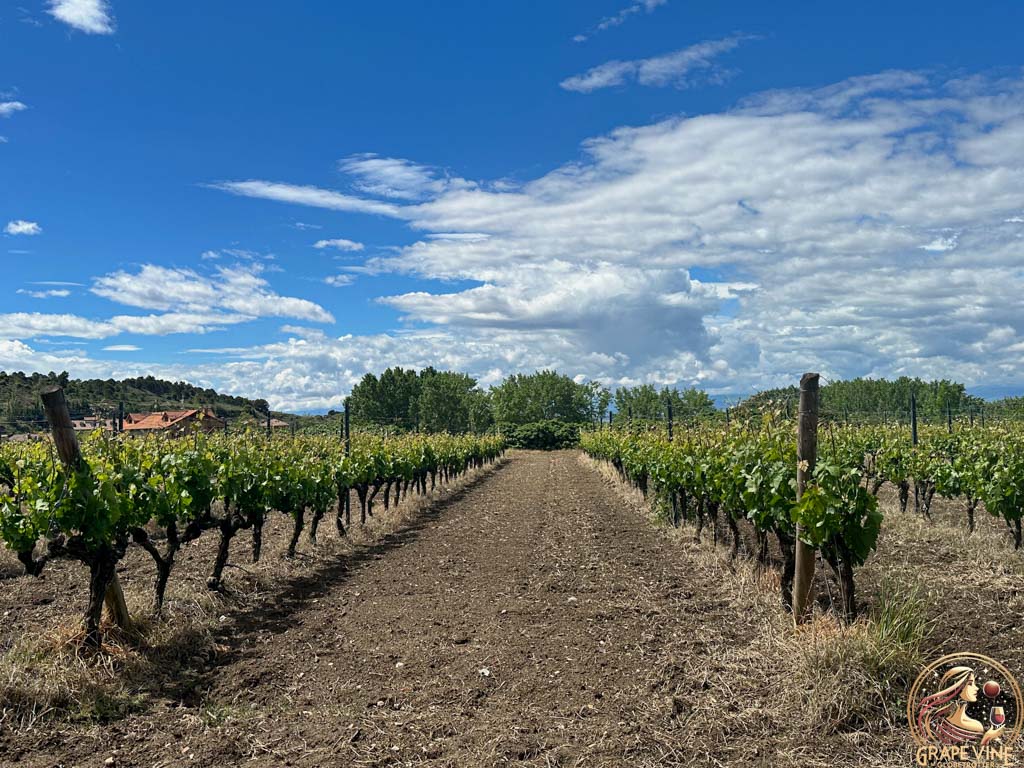
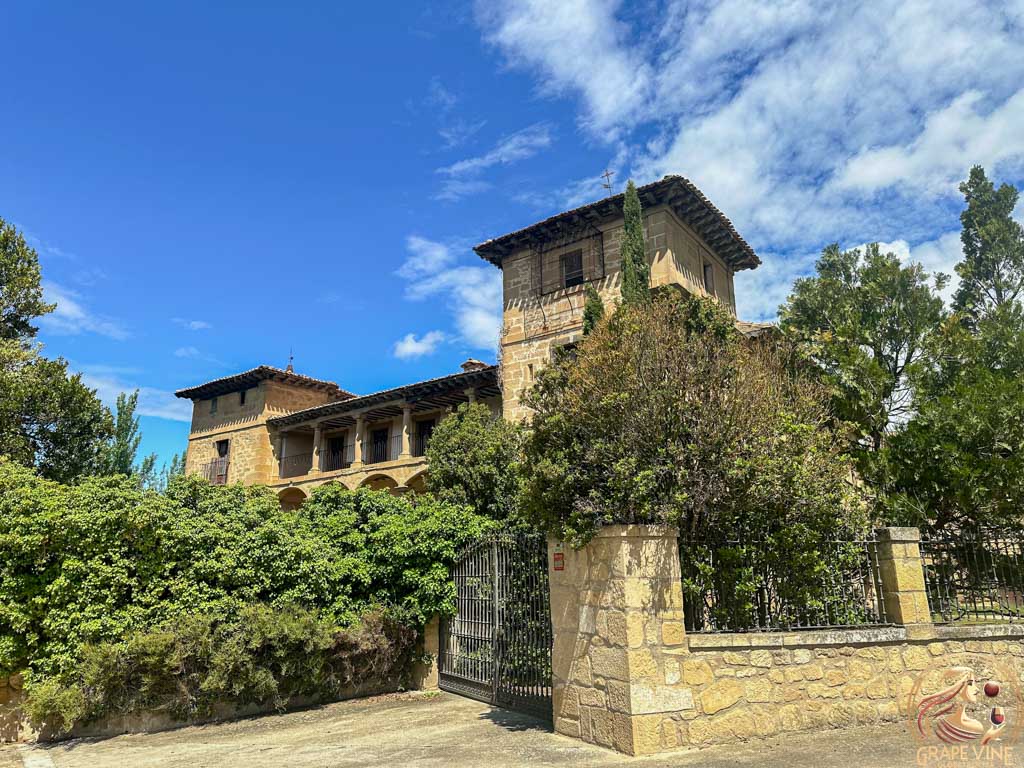
On our way to the second winery, we made a short stop at the quaint village of Abalos. Known for its remarkable medieval architecture and tranquil atmosphere, Abalos offers a unique glimpse into the past. Wandering through its narrow, picturesque streets, we felt transported back in time, providing a serene and refreshing pause in our wine-filled adventure.

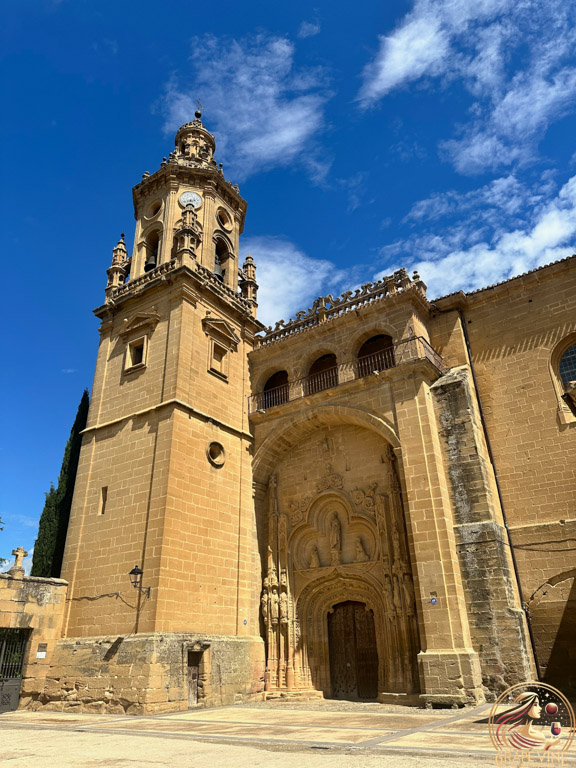
Second Stop: Bodegas Ostatu – A Modern Boutique Winery
Our next destination was Bodegas Ostatu, a boutique winery that provided a stark yet delightful contrast to our previous traditional stop. Here, we experienced a tasting session of three innovative wines paired with idiazabal cheese made from unpasteurized sheep milk, each showcasing a modern approach to winemaking. The visit was further enriched by sampling their locally produced olive oil, which perfectly complemented the wines.
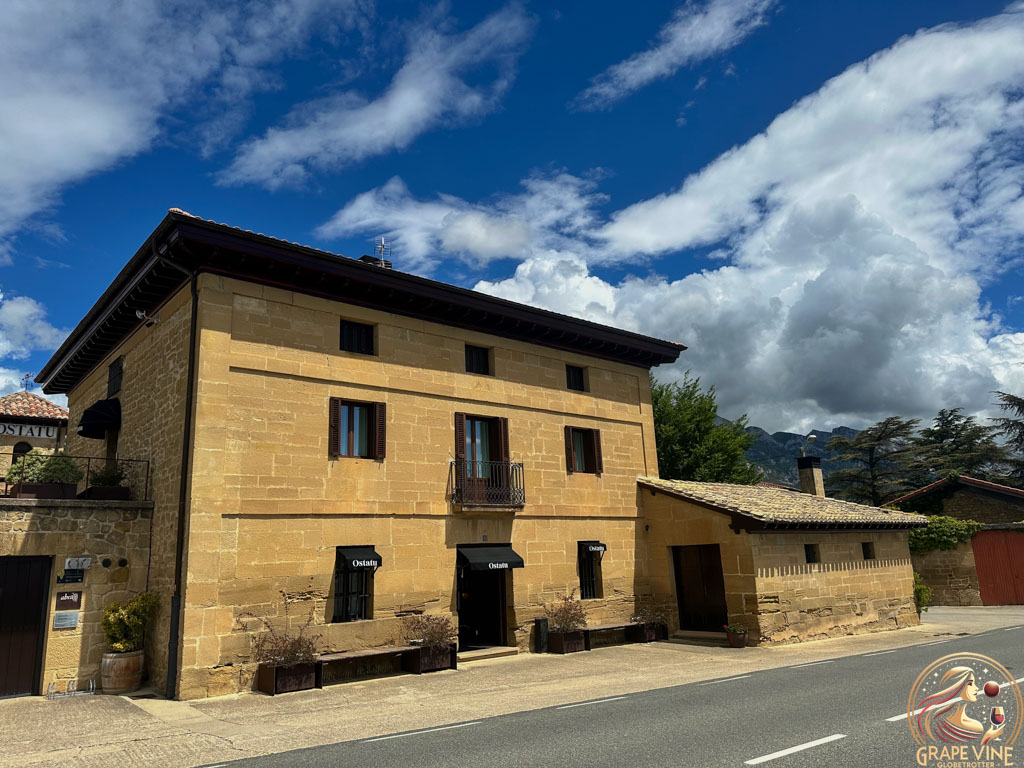
The Uniqueness of Bodegas Ostatu
Rich Historical Roots and Family Tradition:
Situated in the picturesque village of Samaniego in the Rioja Alavesa region, Bodegas Ostatu is a family-owned winery with a deep connection to its heritage. The winery is housed in an 18th-century building that once served as a country inn. The Sáenz de Samaniego family has been tending vineyards in this area since the 16th century, highlighting their long-standing commitment to the land and traditional viticulture.
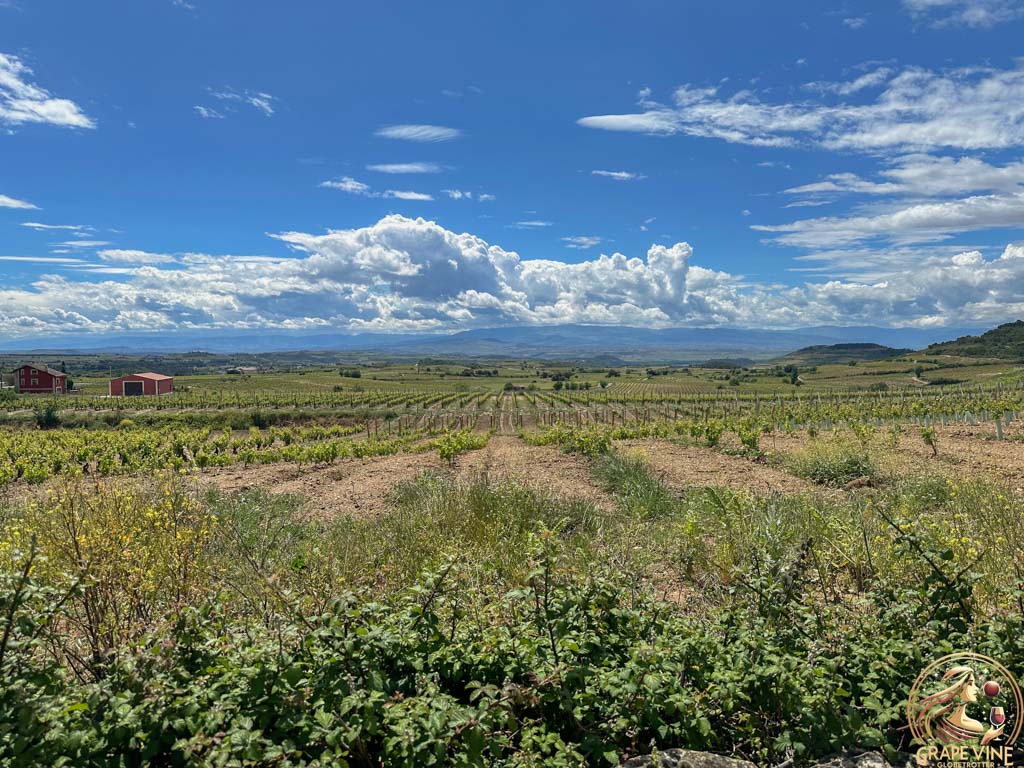
Blending Tradition with Innovation and Sustainability:
Ostatu marries time-honored winemaking techniques with contemporary innovations. They are dedicated to organic farming and strive for carbon-neutral operations. The family’s meticulous management of their vineyards, divided into numerous micro plots, takes advantage of the unique microclimate offered by the Sierra de Cantabria foothills, ideal for cultivating premium grapes.
Exceptional Vineyard Practices:
Bodegas Ostatu manages 36 hectares of vineyards, predominantly planted with Tempranillo, but also includes varieties such as Graciano, Mazuelo, Garnacha, Viura, and Malvasia. These vineyards are situated at elevations ranging from 450 to 650 meters, benefiting from the interplay of Atlantic and Mediterranean climates. This distinctive terroir and soil composition impart complex aromas and flavors to their wines, making each bottle a true reflection of its origin.
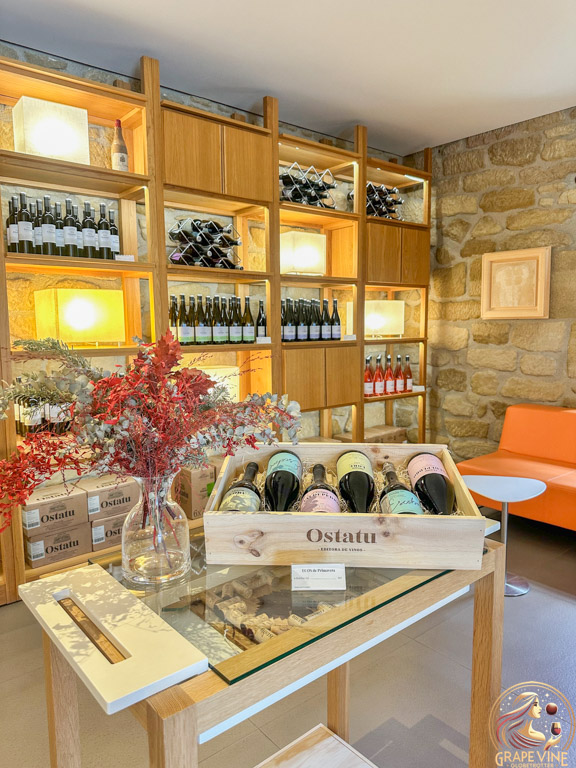
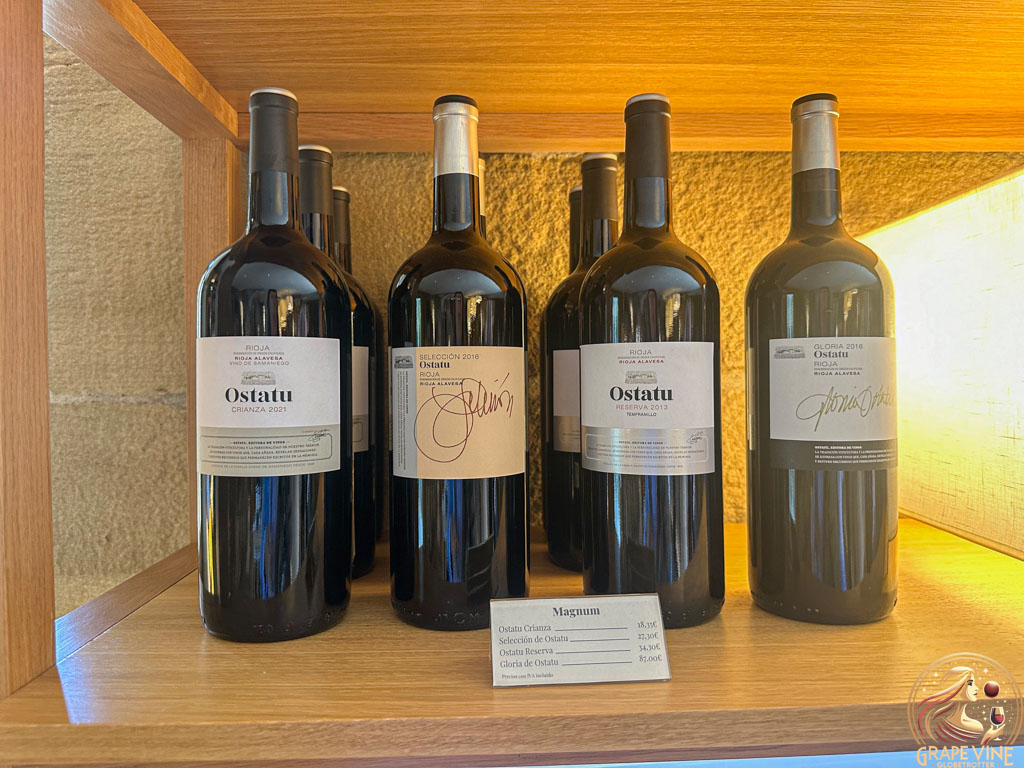
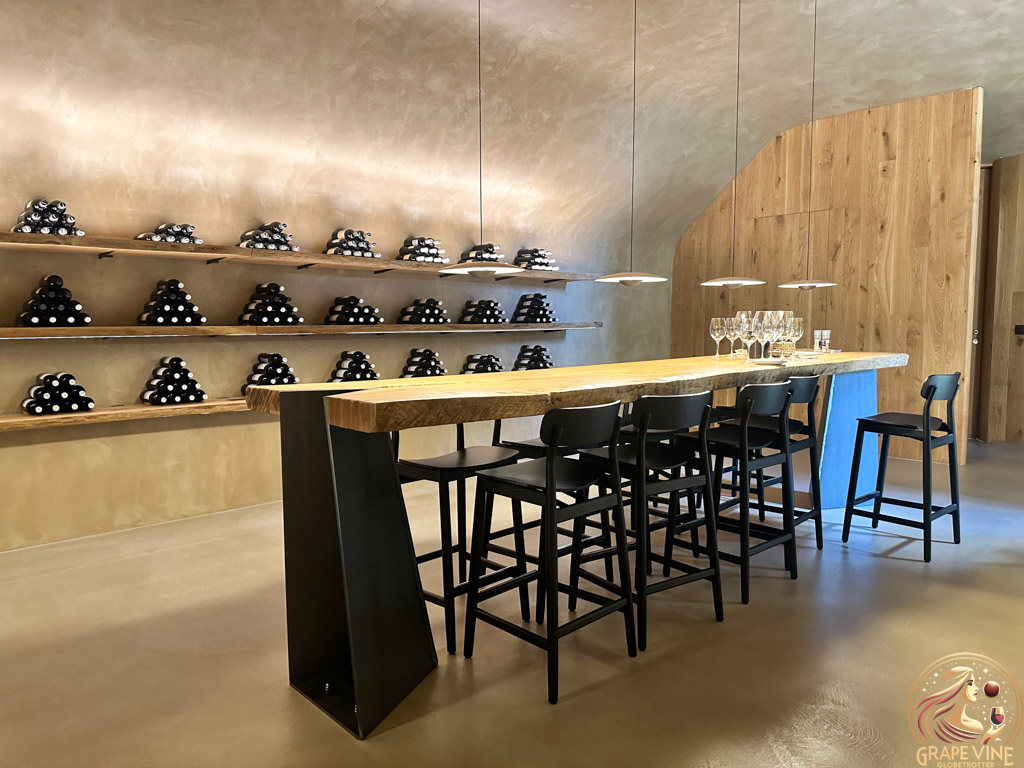
Laderas de Ostatu 2018
Ostatu Laderas 2018 is a singular red wine, affectionately known as “the daring vineyard.” In the 1960s, the family’s grandfather boldly planted vines on a hill at 620 meters above sea level. Despite the challenging terroir, with thin soil and superficial calcic rock, his determination proved successful. This unique wine highlights the pioneering spirit and resilience of the Ostatu family, embodying their dedication to viticulture. The name “Laderas” translates to “the hill” and the wine is made from 95% Tempranillo and 5% Viura.
This wine is crafted with meticulous vineyard selection and perfect destemming to ensure whole berries. It undergoes pre-fermentative cold maceration and a 14-day alcoholic fermentation in small oak vats. The malolactic fermentation occurs in new French oak barrels from renowned coopers. Aged for 14 months in barrels, the wine is unstabilized. It boasts an intense violet cherry color, ripe red and black fruit aromas, floral and wild fruit notes, a deep balsamic background, and sweet spice. The palate is fresh, structured, and ends with a mineral note, promising long life.
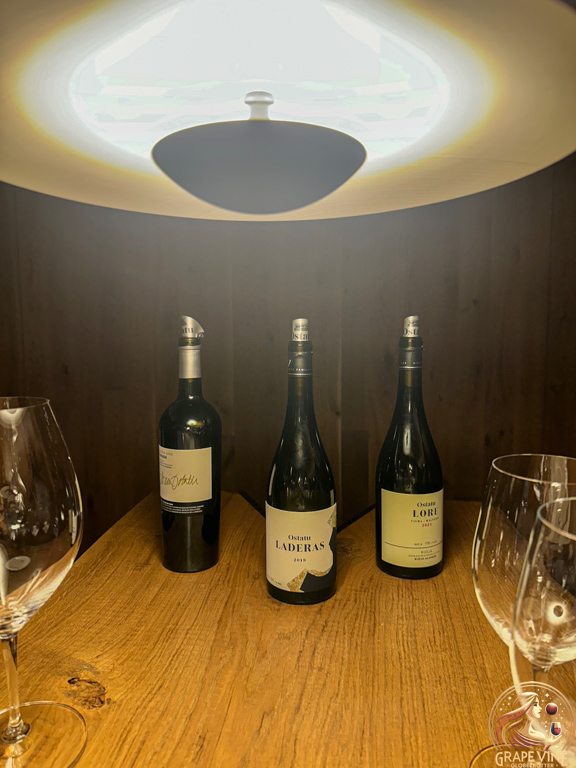
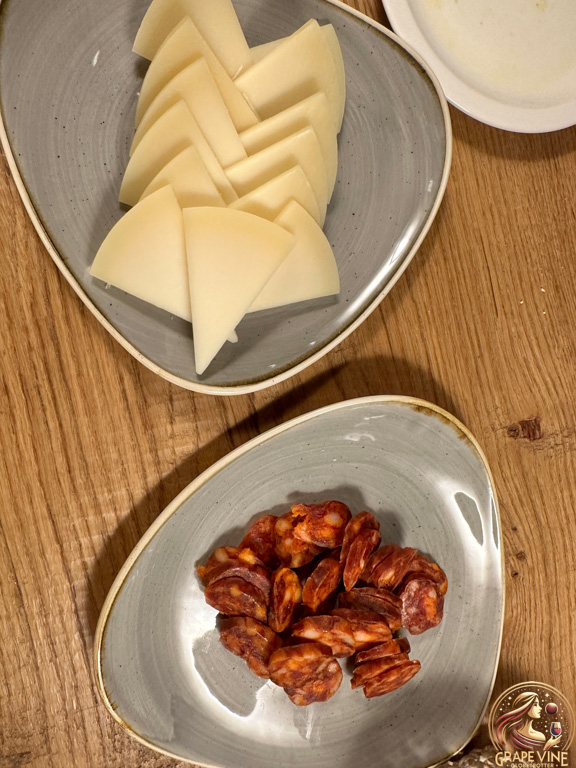
Gloria de Ostatu 2018
This exceptional wine originates from the Revillas plot, one of the oldest and most esteemed vineyards (100 years old). Initially, three plots (Revillas, Cascajos, and Calvario) were selected for the first vintages, but over time, the focus narrowed to the Revillas vineyard due to its superior quality.
This wine is a testament to the vineyard’s potential, characterized by perfectly matured Tempranillo grapes of limited production. It is a highly concentrated wine, showcasing the purity of the region’s best grapes, and is produced only in select vintages, ensuring its longevity and exceptional quality.
This wine begins with meticulous selection in the vineyard, ensuring only the finest grapes reach the winery. The grapes are lightly destemmed to keep the berries intact. Pre-fermentative cold maceration precedes an 18-day alcoholic fermentation in small capacity tanks at a maximum of 29ºC, with careful pumping over and punching down. Malolactic fermentation occurs in new French oak barrels, followed by 18 months of aging without stabilization or filtration.
In appearance, the wine boasts an intense cherry hue with scarlet reflections. The aroma is rich with fruity notes of cherries, Claudia plums, and ripe black fruit, complemented by sweet toasted scents and a subtle earthy character reflecting its terroir. On the palate, it offers a concentrated fruitiness and balanced acidity, with a texture that is both unctuous and fresh. Balsamic notes of licorice add complexity, and the influence of oak integrates smoothly, leaving prominence to the fruit.
Final Stop at the Enchanting Town of Laguardia
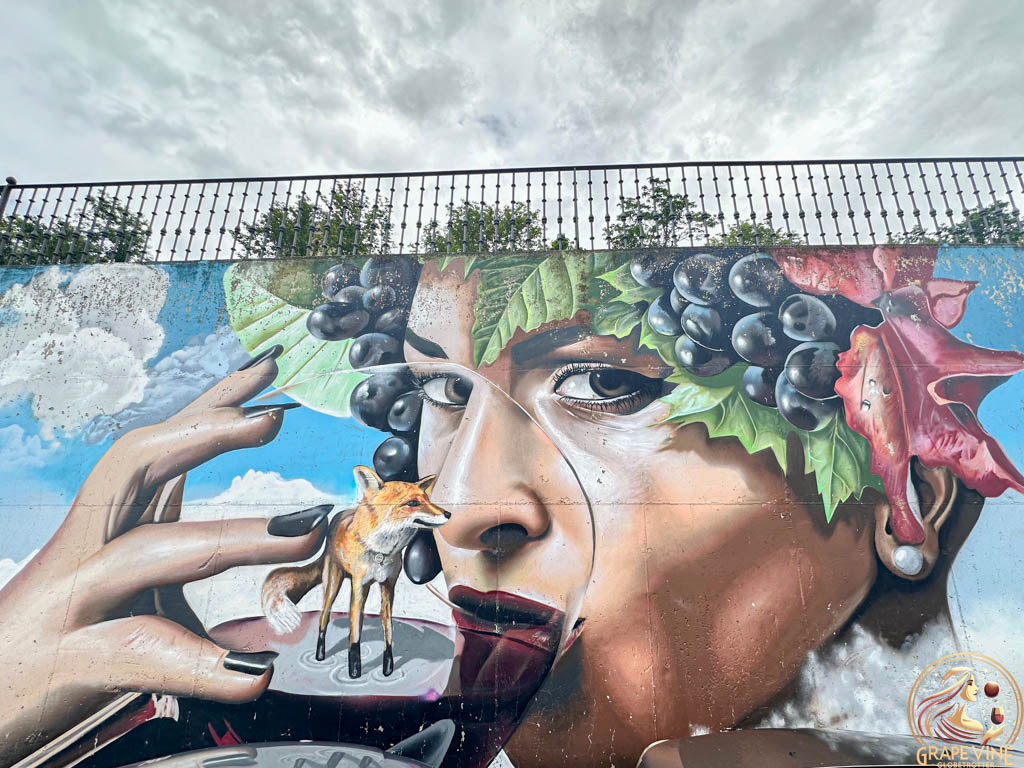
Before heading back to Bilbao, we visited the captivating town of Laguardia, a medieval jewel established in the 10th century and nestled in the heart of the Rioja Alavesa region. The town’s well-preserved stone walls and narrow cobblestone streets radiate historical charm, and its underground wine cellars, known as “calados,” remain functional to this day.

Key highlights include the Church of Santa María de los Reyes, with its magnificent Gothic portal, and the Church of San Juan Bautista. Perched atop a hill, Laguardia offers stunning views of the surrounding vineyards and the Sierra de Cantabria mountains. The medieval streets, lined with charming shops, historic churches, and inviting cafes, make it a delightful place to explore.
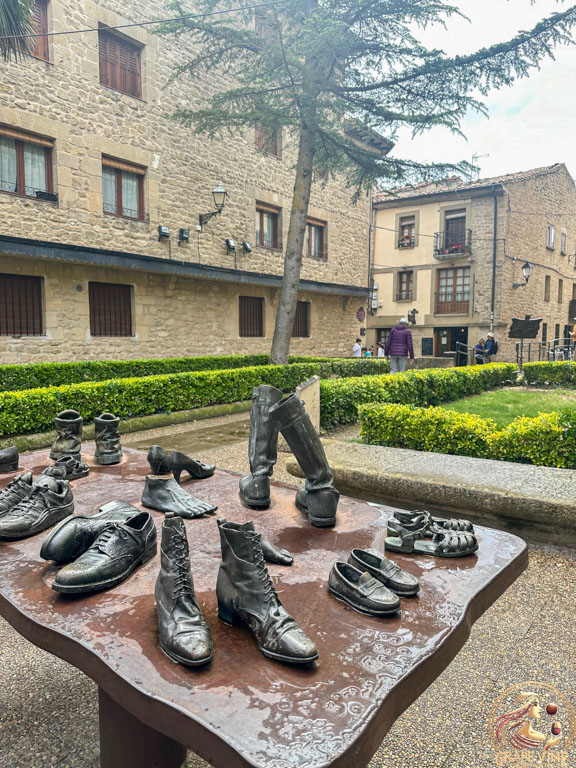
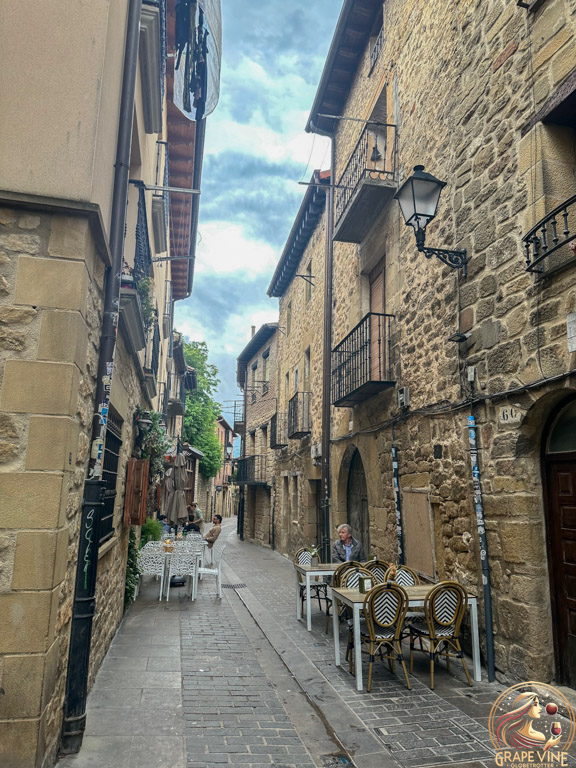
Among Laguardia’s various attractions, the bronze statues of shoes and bags, known as “Escultura Viajeros,” stand out. Located in the main square near the Church of Santa María de los Reyes, these sculptures symbolize the numerous travelers who have passed through Laguardia over the centuries. The artwork evokes a sense of travel and exploration, connecting visitors to the town’s rich heritage and the countless journeys that have woven through its streets, highlighting Laguardia’s long history as a significant stopover in the Basque Country.
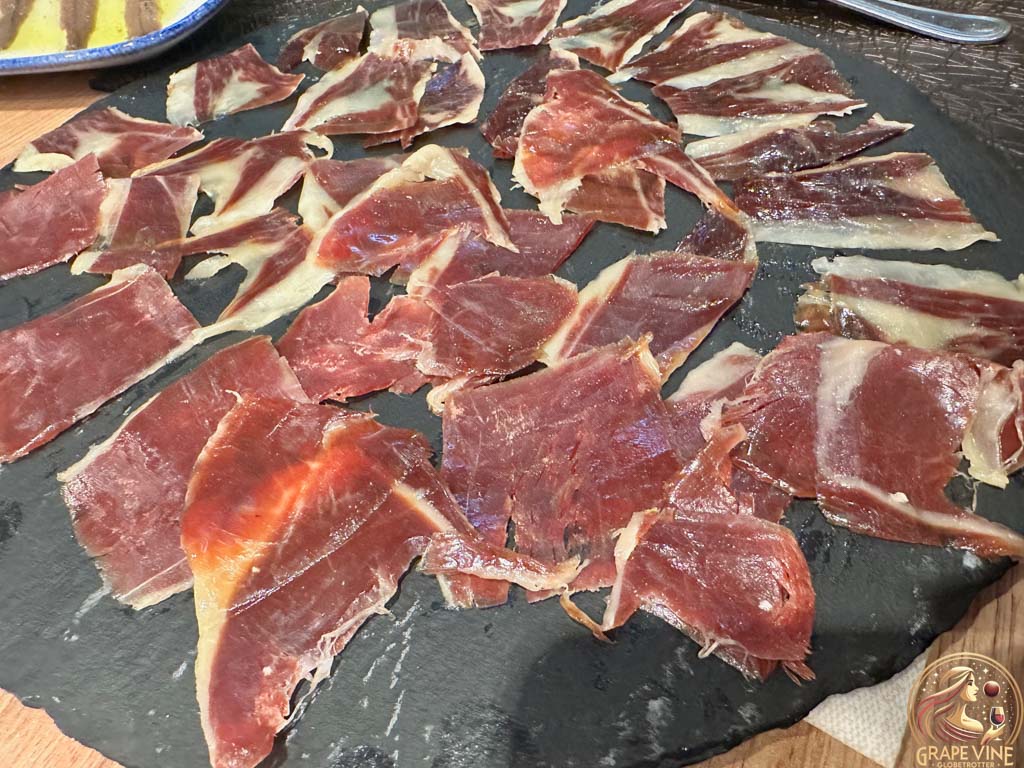

For lunch, we indulged in a hearty meal at a local restaurant, savoring traditional Riojan dishes paired with more local wines. The combination of good food, excellent wine, and the town’s enchanting atmosphere made for a perfect ending to our day trip.
Conclusion
As we headed back to Bilbao, we reflected on a day well spent, filled with new knowledge, delightful tastes, and unforgettable experiences. This day trip to Rioja is not just about wine tasting; it’s a journey through history, culture, and the stunning landscapes of one of Spain’s most beloved regions. Whether you’re a wine connoisseur or simply looking for a memorable day out, Rioja from Bilbao promises an adventure that will captivate your senses and leave you yearning for more.
Tips for Your Trip:
- Book in Advance: Ensure you reserve your spots for winery tours and tastings. You can book the same tour here.
- Comfortable Clothing: Wear comfortable shoes and clothing, as the tour involves walking and standing.
- Stay Hydrated: Drink plenty of water throughout the day to stay hydrated, especially during wine tastings.
- Enjoy the Journey: Take time to savor each moment, from the scenic drives to the rich flavors of Rioja wines.
PINT FOR LATER
